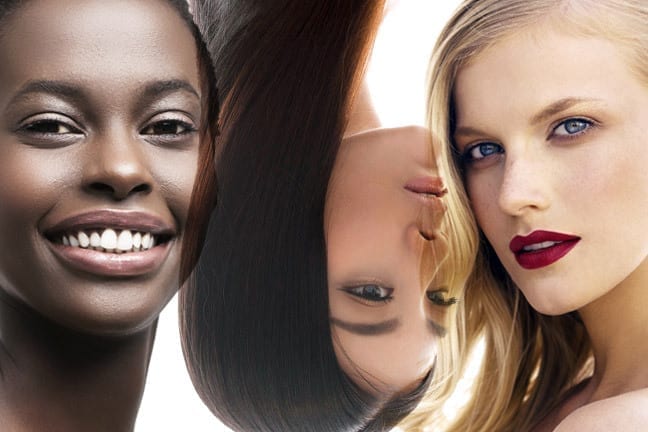Finding the perfect foundation for your skintone can be a headache, especially when you’re expected to just eyeball it in the bottle at the drugstore and hope it works. And with the increasing diversity of our population, brands will be presented with an even greater challenge to meet the majority of women’s needs in the coming years.
A few makeup lines out there, such as Prescriptives and Sephora + Pantone Color IQ, can actually help you mix and match your personalized foundation color. But when it comes to widely available drugstore brands at a more affordable price, there’s a lot of room for expansion to better meet our changing population if brands want to stay ahead of the curve and remain relevant.
 |
By analyzing U.S. Census data, researchers at Cover Girl were actually able to determine where their makeup currently is lacking and which unique shades needed to be added to better match the projected population (and more importantly, foundation-buying women) in 2020. They then used this information to tailor the truBLEND liquid foundation line to match a broader range of skintones that’s more representative of our growing country.
Dr. Sarah Vickery, Principal Scientist at Proctor & Gamble Beauty, says that the data shows the biggest growth will be among Latinas and Asian-American women. By using virtual skintone mapping, researchers were able to pinpoint which shade variations would be the most useful additions to the line. “There’s certainly a gap that we needed to fill in for warmer more yellow undertoned skin and deeper skintones,” Vickery says.
In addition, they discontinued a few of the lightest colors from the line, since they weren’t really a reflection of our nation any more, Vickery notes. They also altered and improved a few shades, and added seven entirely new ones. The results left them with 21 shades that are able to match 99 percent of skintones, she says.
Organization is also key in the new shade palette. Foundation colors are categorized into light, medium and dark, and then there are seven different options within each lightness category. This makes it easier for women to choose the right color, since we do the best job of determining lightness, Vickery says. Then, it’s easier to hone in on two or three colors within that lightness range to land on the perfect shade.
“Without the right tools and the right organization, well over 80 percent of women will choose the wrong shade,” Vickery notes. And by utilizing data to predict future skintones, hopefully more brands will follow suit and develop diverse lines that are more representative of our ever-changing population.




































